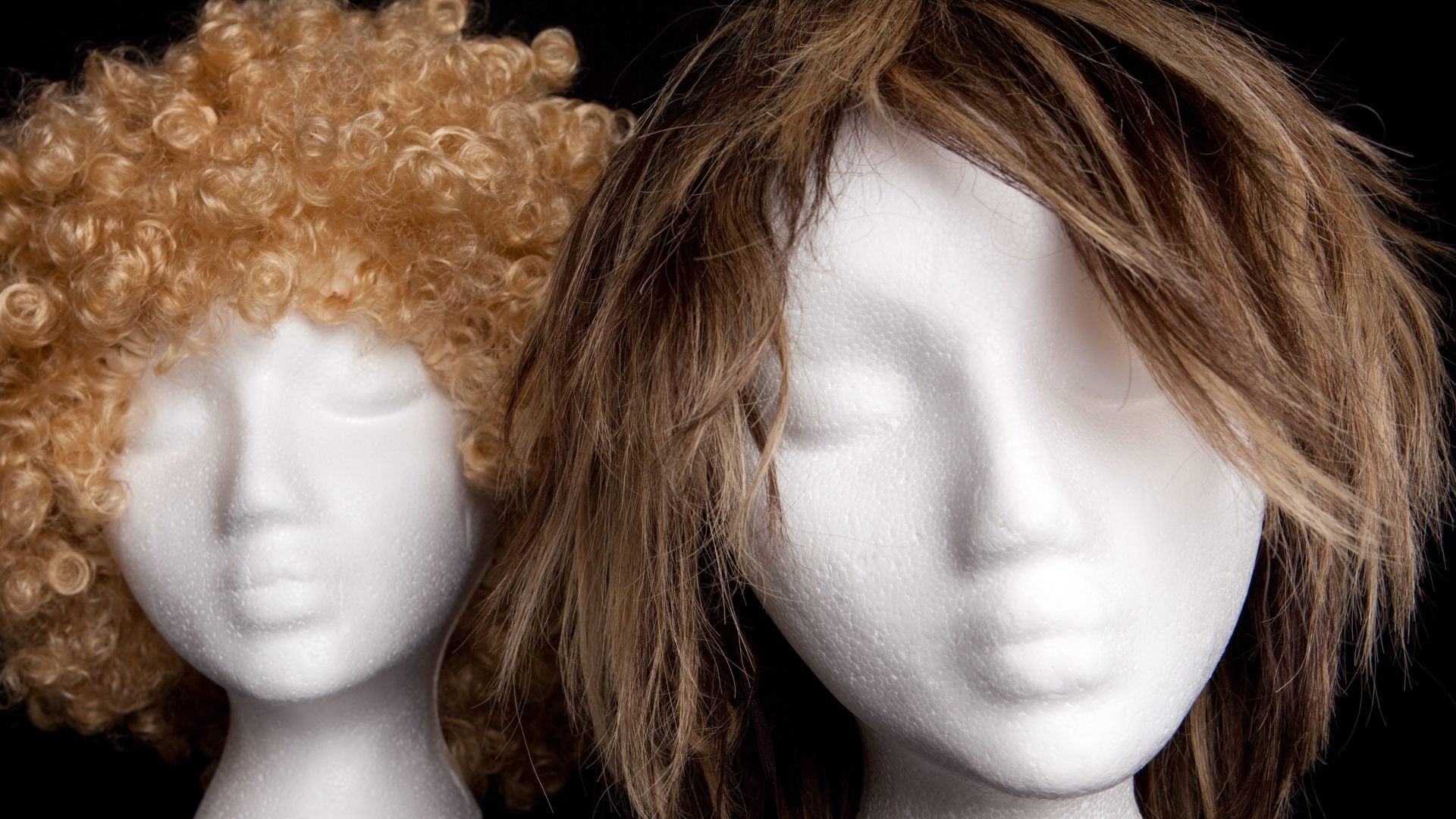Trends are cyclical, but “ ” is forever. From “eyebrow blindness”––the early 2000s and ‘10s trend of overdrawing and filling in your brows (think: 2003 Lil’ Kim)––to the return of “ ” with extra-pigmented cheeks in the 2020s, the most popular trends in history have all ran into a point of excess. While some lean into on purpose, others may find it how far is far by mistake.
Now, with “ ” trending on TikTok––a phenomena linking bad wigs to the attraction of rich, white men––how do you know when your needs a new life? “The lifespan of synthetic wigs generally ranges from six months to one year with proper care,” mentor and founder of tells ESSENCE. “The choice between synthetic and human hair wigs depends on personal preferences, budget, and lifestyle.” One TikTok user posted her struggle with “ ” with the caption “wig blindness is REAL because what was I thinking going out in public like this,” followed by photos of an unparted, unlaced wig floating on top of her head.

In the comments, users responded “we have all been a victim of wig blindness” and “U were just early to the Hard wig soft life movement.” While wig blindness isn’t all bad (rough hair may lead you to your ), you should also know when it’s time to give it up. “Considering we should treat our extensions with the same care as our natural hair, the signs will be there,” O says.
“Lace is a delicate material that requires gentle care. Over time, it will require replacement and [the lace is] often the initial sign of replacement.” The tell tale signs of a hard wig are if, even after routine maintenance and styling, your extensions are no longer manageable, your cap is stretched and sliding back, or you have no lace or real part at all.
“The key is starting with quality lace,” she says. “HD lace is a prime in the world of extensions because it sets a great foundation for a seamless look.” While hard wigs are defined by their unblended, tattered appearance, a good lace front may be customized with techniques like lace tinting, knot bleaching, and plucking.
“To achieve this, the focus should be on creating a realistic hairline and natural density by delicately plucking a few strands to mimic natural growth.” Other than the lace, having the right fit can prevent your wig from floating. “Whether opting for a custom-made unit or a , a well-fitted wig ensures a secure and natural look,” she says.
From custom lace techniques to cap size, “unit-customizations are necessary” to create a sense of realism (rather than hard wig surrealism.) “They all work beautifully together to achieve a flawless, natural finish and ensure your lace blends seamlessly with your own hairline.” Maintenance, however, is the fine line between a soft and hard wig.
O recommends wearing a protective and bonnet while you sleep. Then in the morning, use salon grade products like or to touch-up your wig throughout the day. “The key is always investing in quality hair.
”.



















